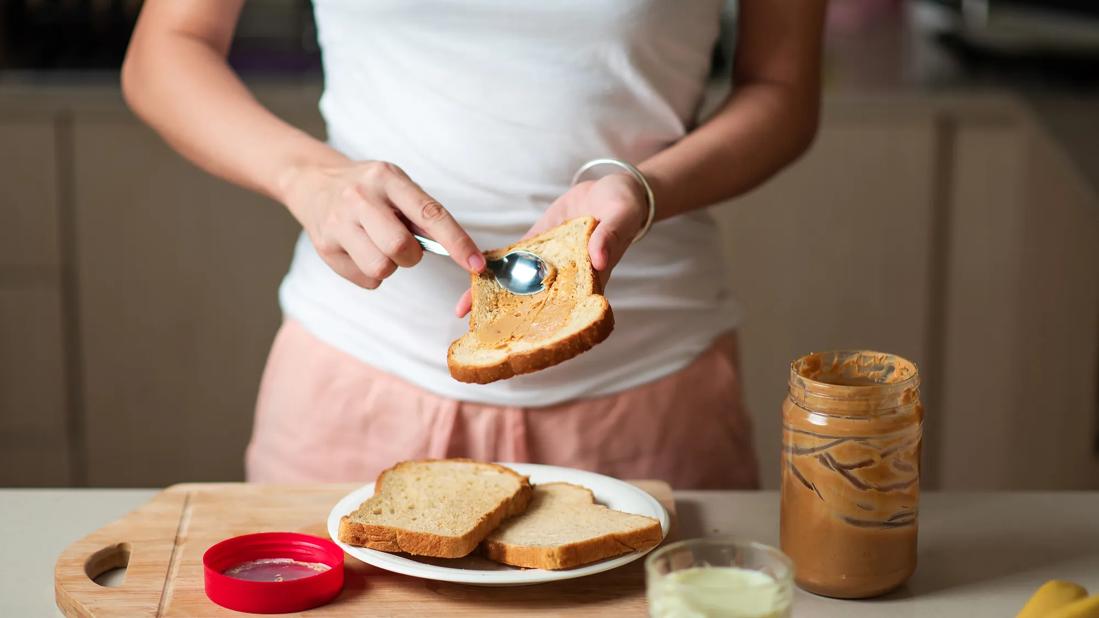Choose foods that are low in fiber and easy to chew and swallow

There may be a time when you need to eat soft foods that are easy to digest. In that case, your healthcare provider may suggest following a soft food diet.
Advertisement
Cleveland Clinic is a non-profit academic medical center. Advertising on our site helps support our mission. We do not endorse non-Cleveland Clinic products or services. Policy
This typically means choosing foods that are free of nuts, seeds or skins — which can be tough for your digestive system to handle — and opting for foods that are soft, smooth and not too fibrous.
A soft food diet refers to food that is soft in texture, low in fiber and easy to digest. This way of eating is sometimes called a gastrointestinal (GI) soft diet. You want to choose foods that are easy to chew and swallow.
Your doctor may recommend following a soft food diet in certain situations, including:
“You’ll need to follow this diet for as long as your healthcare provider recommends,” says registered dietitian Julia Zumpano, RD, LD. “It could be for several weeks, days or months depending on the reason the diet was prescribed.”
Though you’re limited on what to eat, the goal is to still follow a balanced diet. Use these guidelines to help you decide which soft foods to eat, unless your dietitian or healthcare provider gives you different instructions.
Advertisement
When adhering to a soft diet, focus on the following foods:
“If a certain food upsets your stomach or causes gas, avoid that food for a few days before you try it again,” advises Zumpano.
While you’re on a soft food diet, try to avoid:
“These foods can irritate your digestive system when it’s trying to heal or if it’s inflamed,” says Zumpano. “The goal of a soft diet is to provide foods that are easy to digest to allow the digestive system (from your mouth to your colon) to heal and rest while still providing you with good nutrition.”
While you’re on a soft food diet, Zumpano offers some additional advice:
If you need to follow a soft food diet, remember that it’s only temporary. While the goal is to still eat a well-balanced diet during this time, a soft food diet may be low in some nutrients because of the foods restricted.
Advertisement
“A multivitamin or fortified nutrition drink may be needed if you’re told to follow this diet for more than two to three weeks,” says Zumpano. “Talk to your medical team before taking any vitamin or mineral supplements.”
Advertisement
Learn more about our editorial process.
Advertisement

The flexible eating plan aims to boost your brain health by focusing on plant-based foods and limiting saturated fat

Designed to lower your blood pressure, this eating plan focuses on heart-healthy foods like whole grains, fruits and vegetables

Pescatarians don’t eat poultry, game or red meat, but they do eat fish and seafood, dairy and eggs

This eating style has many health benefits, including weight loss, an improved microbiome, and increased nutrient and mineral consumption

Research shows promising results from options like the DASH diet and Mediterranean diet

Studies show intermittent fasting may help you lose weight, improve blood pressure and more

Some people can safely lose weight on just 1,200 calories — but it’s not right for everyone

The Mediterranean diet, DASH diet or more plant-based eating plans can improve heart health

The best parenting style balances enforcing rules and showing plenty of love

Tips include cutting back on sugar, focusing on exercise and managing stress

It can be harder to let go when you’ve invested time, energy and emotions — but it might be the healthier choice long term